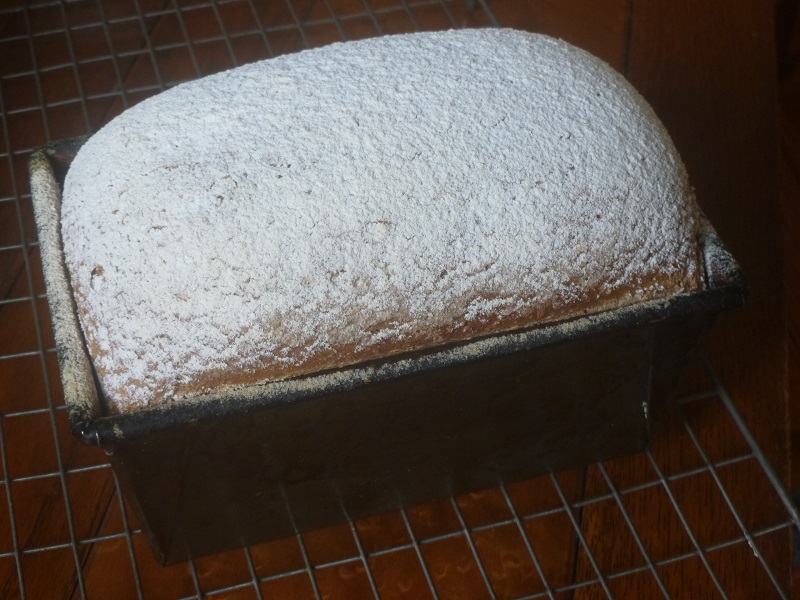Regular readers of our website (and/or our Twitter feed) may be aware that the site went down last week, causing a minor panic. It’s back up now, and we thought we’d celebrate with an off-topic blog post, for some Lockdown light relief.
I say off topic, but it’s not the first time we’ve tried to link home baking with woodland crofts management (check out ‘Home Milling is a Little Like Home Baking’). And of course you could argue that baking your own bread gives you a measure of resilience – a topic we’ve been thinking a lot about lately, for obvious reasons. We’ve long been convinced that woodland crofts can provide a significant degree of resilience, something whose importance is currently being underlined in a big way, but which was also already being highlighted by the challenges of climate change.
More of the serious stuff in a later post though – this one is just about baking bread.
First challenge may be ingredients, as it was some weeks after the start of lockdown that we finally got our hands on yeast and flour. Now we have stocks, there’s no stopping us! The following recipe is adapted from various ones we’ve come across and we memorise it by the number of time ‘2’ crops up:
200 grammes of medium oatmeal
2 teaspoons of salt
2 teaspoons of easy blend yeast
2 tablespoons of vegetable oil
(you get the picture….)
475 grammes of wholemeal flour
450 ml of warm water
Method
We’re big fans of the ‘KISS’ philosophy, and we’ve refined the method to be as simple as possible, on the basis that the simpler and easier it is, the more likely it is to happen. So we knead the dough in the mixing boil, rather than on a separate floured board. We also use easy blend yeast, which works just as well as activating dried yeast – and is simpler.
Serious baking books also emphasise the importance of ‘knocking back’ and a second proving. Doubtless this adds to the quality of the loaf, but for us the step change in quality comes from making the bread at home in the first place, so missing subsequent incremental improvements doesn’t really bother us, and we cut out this step.
So –
Mix the dry ingredients in a bowl (we add the yeast last as it can be temperamental if it comes into contact with salt).
Add the oil and the water and knead for 10 minutes. The dough will be quite sticky at first but you can always add a sprinkle of flour towards the end of kneading.
Put into a greased 2lb loaf tin and leave to rise until it has roughly doubled in size, covered in oiled cling film.
Bake at 200 degrees for half an hour.
That’s it!! Have a go yourself, and #PostYourLoaf
Notes:
We use a fair amount of oatmeal because (i) we like it, and (ii) we buy it in 25 kg bags so there’s always plenty about. But you can vary the mix as you please, always remembering this may affect how much water you need, so be prepared to adjust.
We also pre-heat the oven to a higher temperature and bake at that level for the first 5 minutes before turning it down to 200 degrees. It’s a tip we learned from @HughFW and seems to help.
Finally, you can sprinkle the top with seeds if you like, but we never manage to get them to stick so we just sprinkle some flour on (which stops the crust from getting too hard).
Normal service (deep & meaningful, occasional blog posts, that is) will resume in due course. In the meantime, stay safe and #StayHomeSaveLives
